In the world of culinary creativity and garden aesthetics, edible flowers have become a delightful bridge between beauty and function. These colorful blooms are not only visually appealing but also carry unique flavors that can elevate salads, desserts, teas, and cocktails. For gardeners, they offer a chance to cultivate something ornamental and edible—making every square inch of soil doubly rewarding.
Below, we explore seven edible flowers that don’t just look stunning but also taste amazing. From peppery to floral to citrusy, their flavor profiles are as diverse as their petals.
1. Nasturtiums (Tropaeolum majus)
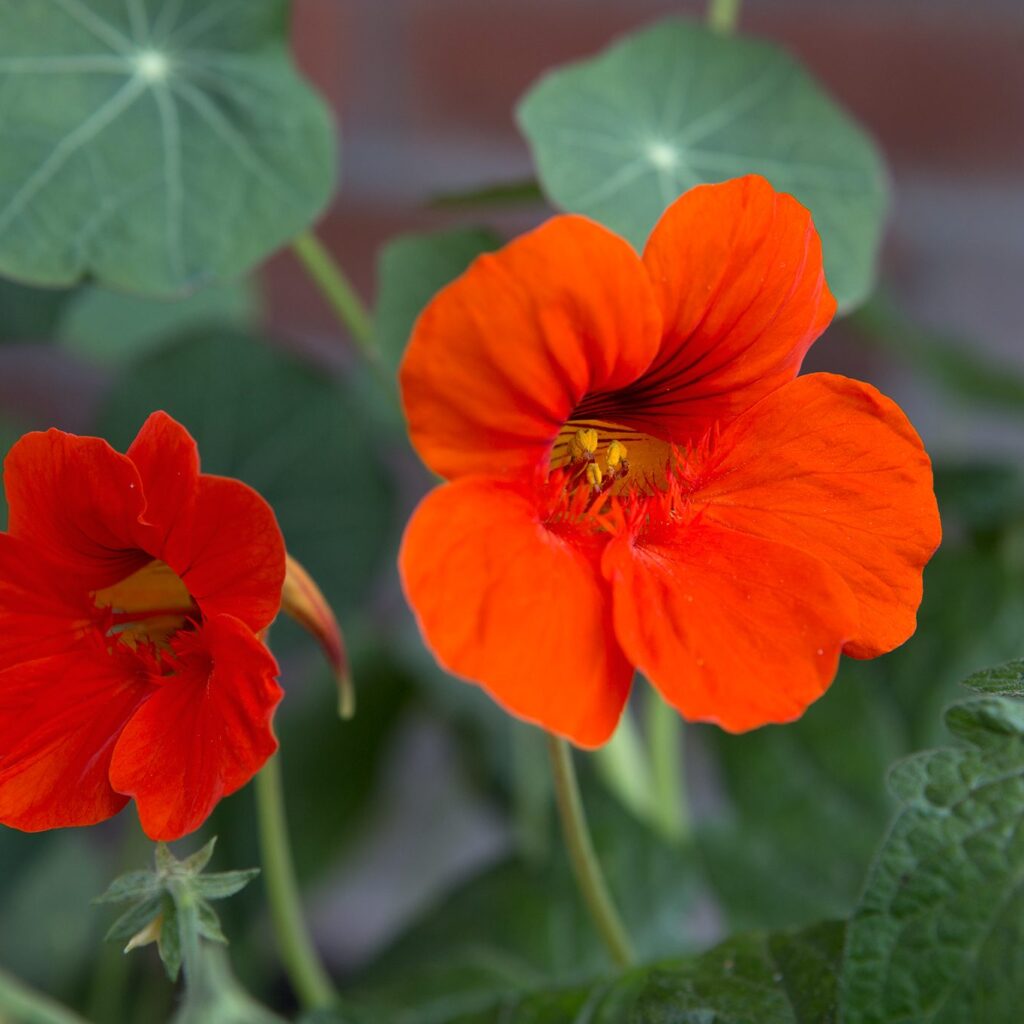
Flavor Profile: Peppery, similar to arugula
Growing Conditions: Full sun, well-drained soil
Uses: Salads, pasta, stuffed blossoms, garnishes
Nasturtiums are a garden favorite for their bright orange, red, and yellow blossoms and trailing vines. Their leaves and flowers are both edible, with a spicy kick that adds complexity to simple dishes. They grow easily from seed, making them perfect for beginners.
Why It’s Great:
- Attracts pollinators and deters some pests
- Quick to flower and self-seed for future seasons
- Visually vibrant with versatile culinary applications
Try chopping nasturtium petals into cream cheese for a colorful spread, or toss whole flowers into salads for a gourmet touch.
2. Calendula (Calendula officinalis)
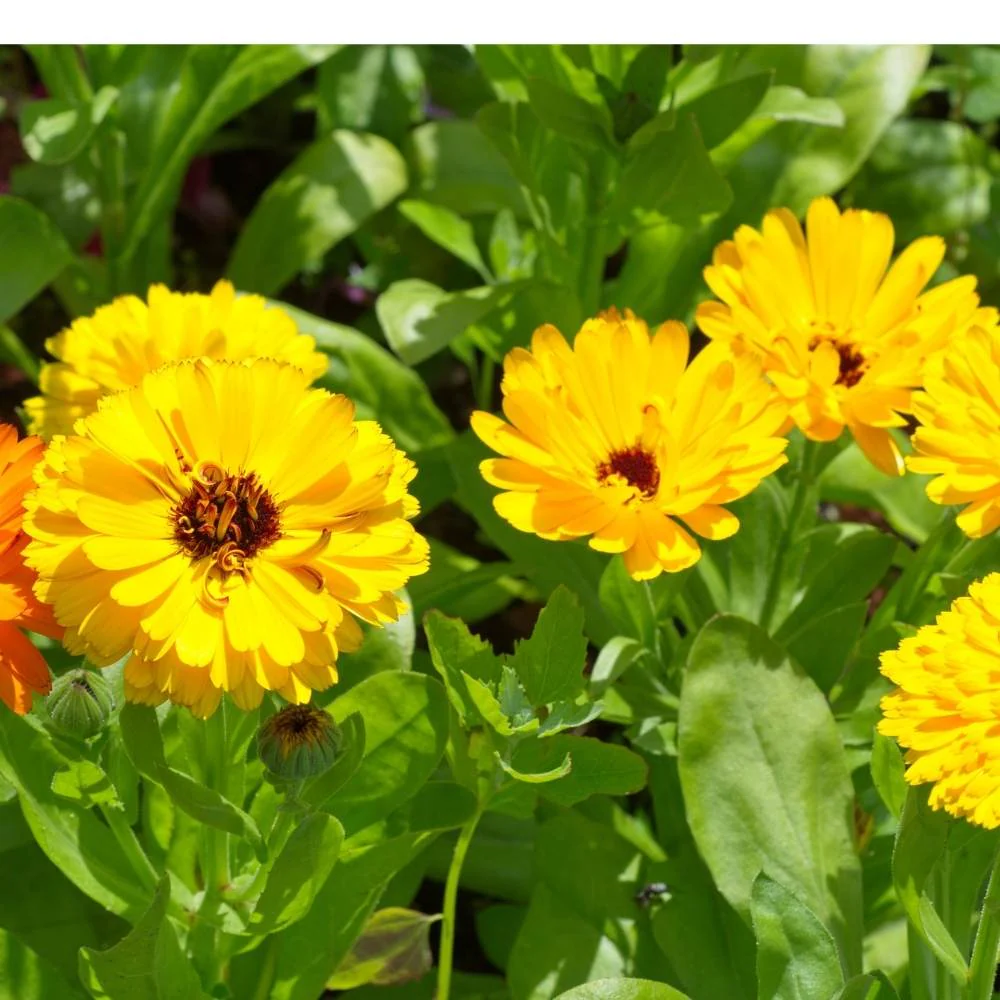
Flavor Profile: Slightly peppery, tangy, and bitter
Growing Conditions: Cool temperatures, full sun to partial shade
Uses: Rice dishes, herbal teas, soups, salves
Often called “pot marigold,” calendula offers golden to deep-orange petals with a subtle saffron-like taste. Known for its medicinal properties, calendula can soothe skin and digestive ailments, making it both a health ally and culinary companion.
Why It’s Great:
- Long blooming season
- Supports skin health when made into salves
- Brightens up grain dishes and soups naturally
You can dry calendula petals and store them in airtight jars for use in winter teas and stews.
3. Borage (Borago officinalis)
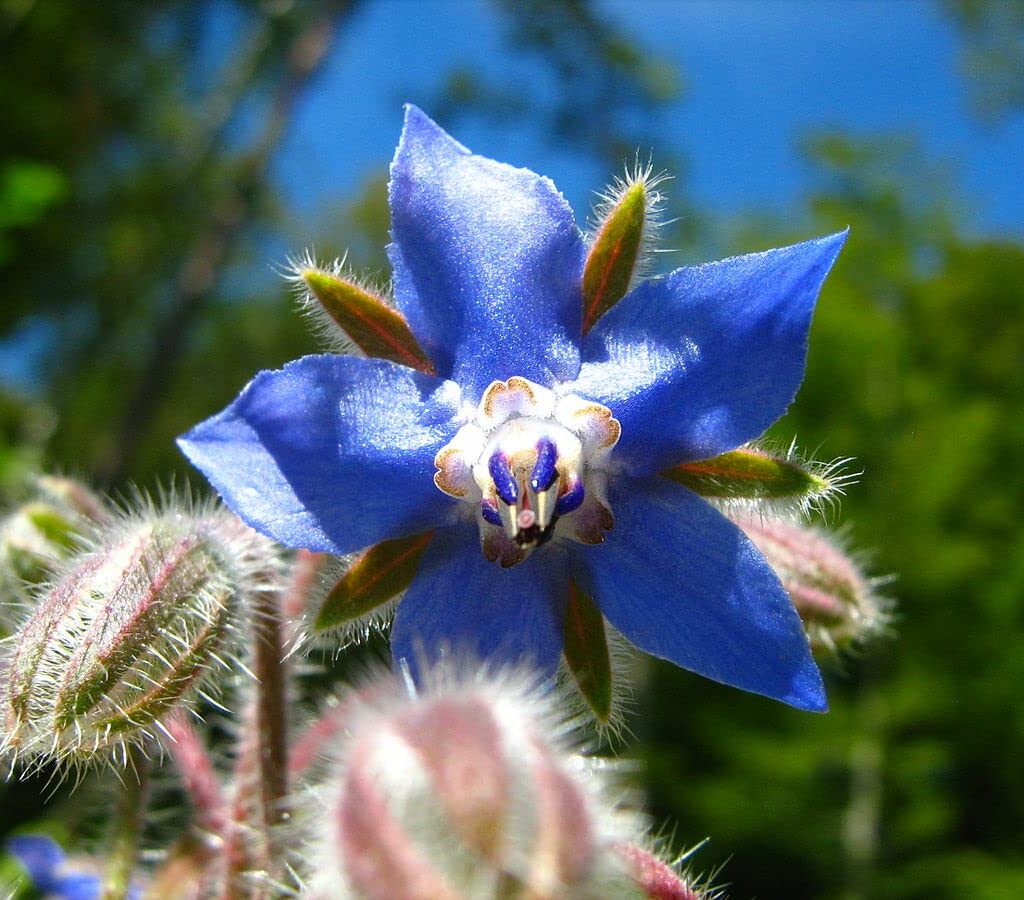
Flavor Profile: Cool, cucumber-like
Growing Conditions: Full sun, rich and well-drained soil
Uses: Cocktails, summer salads, ice cubes
Borage is a lesser-known gem with star-shaped blue flowers and a refreshing flavor that mirrors cucumber. These blooms make fantastic additions to drinks and fruit salads, and their leaves (though slightly hairy) are also edible when young.
Why It’s Great:
- Attracts bees and pollinators
- Drought-resistant once established
- Adds visual appeal with its starry blue petals
Freeze borage flowers in ice cubes to make your summer beverages stand out.
4. Pansies and Violas (Viola spp.)
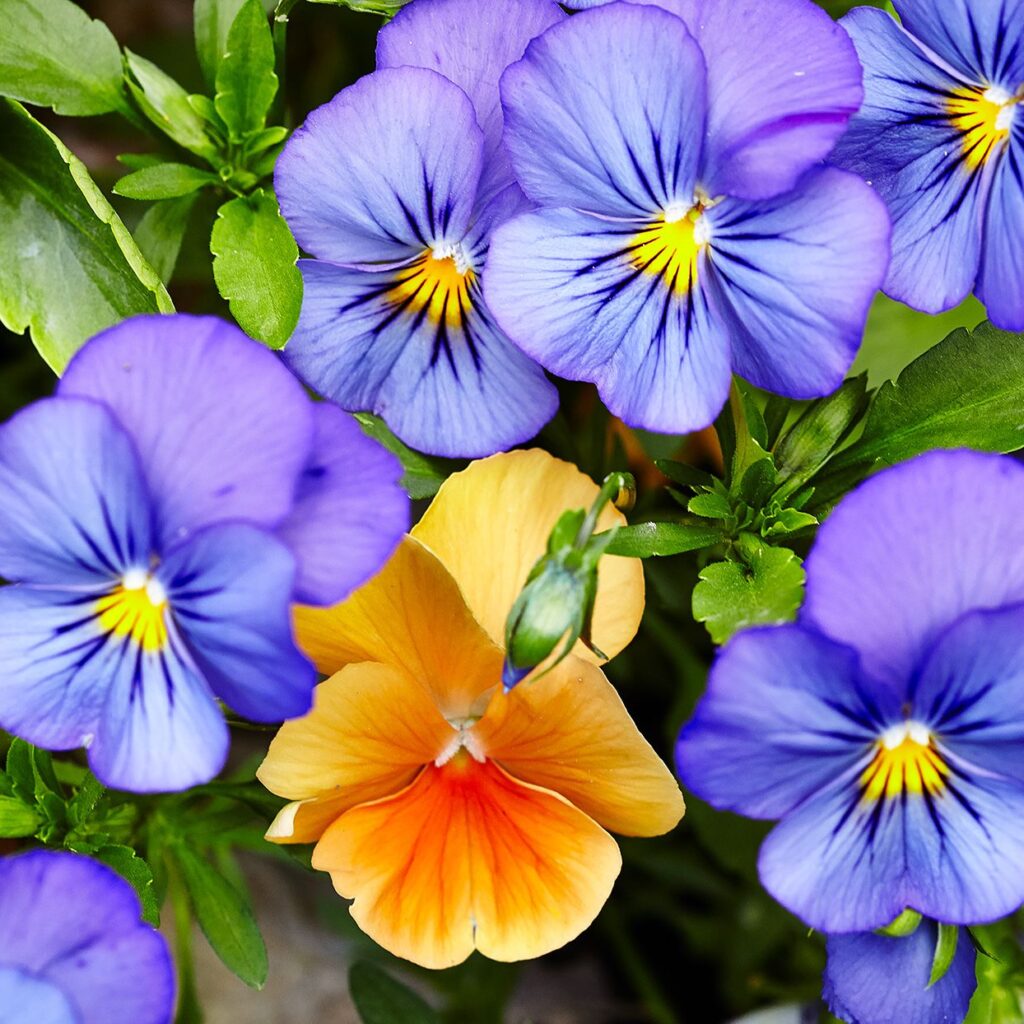
Flavor Profile: Mild, slightly sweet, sometimes grassy
Growing Conditions: Cool weather, partial sun
Uses: Cakes, cupcakes, cookies, salad toppings
Pansies and violas are widely loved for their beautiful patterns and broad range of colors. While their flavor is subtle, their aesthetic appeal makes them ideal for decorating desserts and cheese platters.
Why It’s Great:
- Long-lasting blooms in cool climates
- Simple to grow in pots or borders
- Visually dramatic for culinary plating
Use pansies to crown frosted cakes or press into cookie dough before baking for a botanical finish.
5. Chive Blossoms (Allium schoenoprasum)
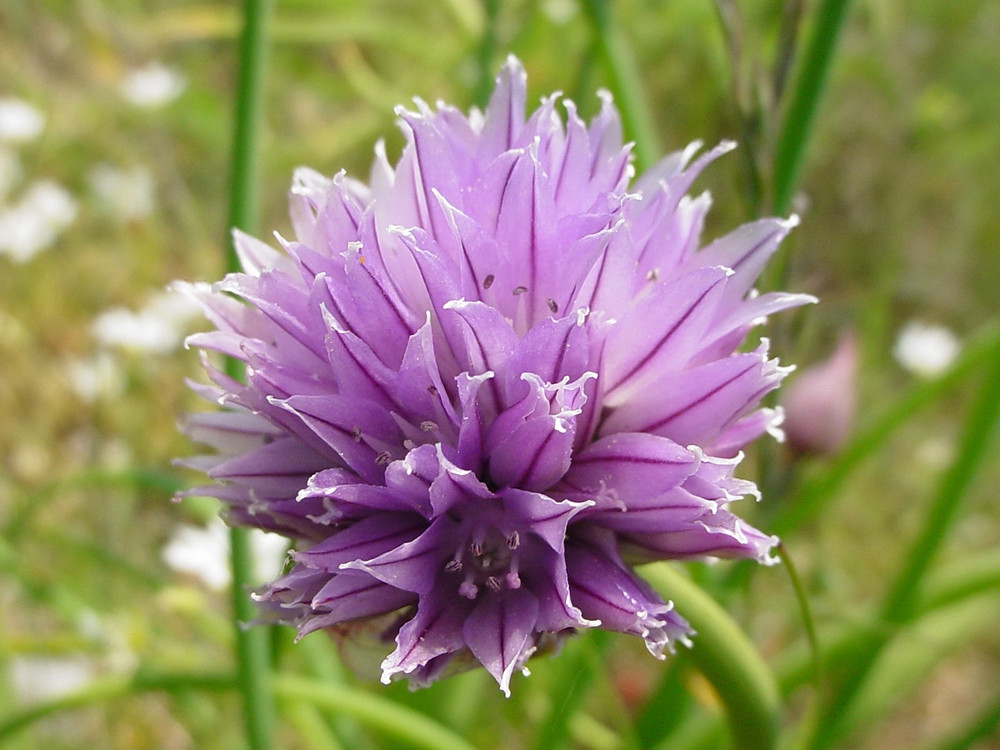
Flavor Profile: Onion-like, slightly milder than the stalks
Growing Conditions: Full sun, moist soil
Uses: Salads, compound butter, vinaigrettes
Chive blossoms are often overlooked in favor of the stalks, but their lavender pom-pom blooms are both pretty and packed with flavor. The blossoms can be pulled apart into florets and sprinkled over dishes for a delicate onion zing.
Why It’s Great:
- Doubles as herb and edible flower
- Perennial in many climates
- Ideal for savory applications
Infuse vinegar with chive blossoms for a light pink hue and mild oniony flavor.
6. Dianthus (Dianthus spp.)
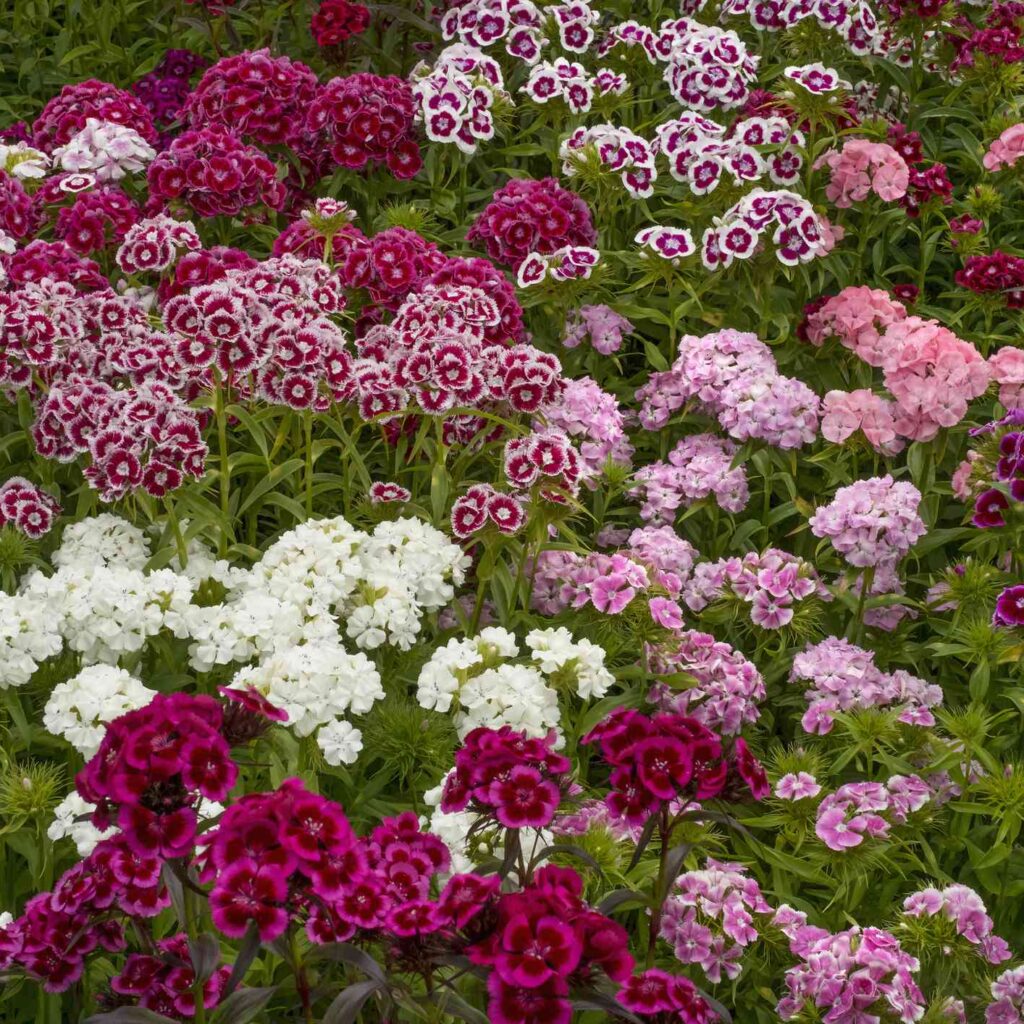
Flavor Profile: Clove-like, spicy, mildly sweet
Growing Conditions: Full sun, well-drained soil
Uses: Salads, syrups, cake decorations
Also known as pinks or carnations, Dianthus species offer fringed petals in lovely hues and a subtly spicy scent. Only the petals are edible, and they should be pulled off carefully, avoiding the bitter white base.
Why It’s Great:
- Fragrant and attractive to pollinators
- Adds a clove-like warmth to desserts
- Can be crystallized for cake toppings
Candied dianthus petals are a Victorian-era delicacy that’s making a modern comeback in artisan baking.
7. Hibiscus (Hibiscus sabdariffa)
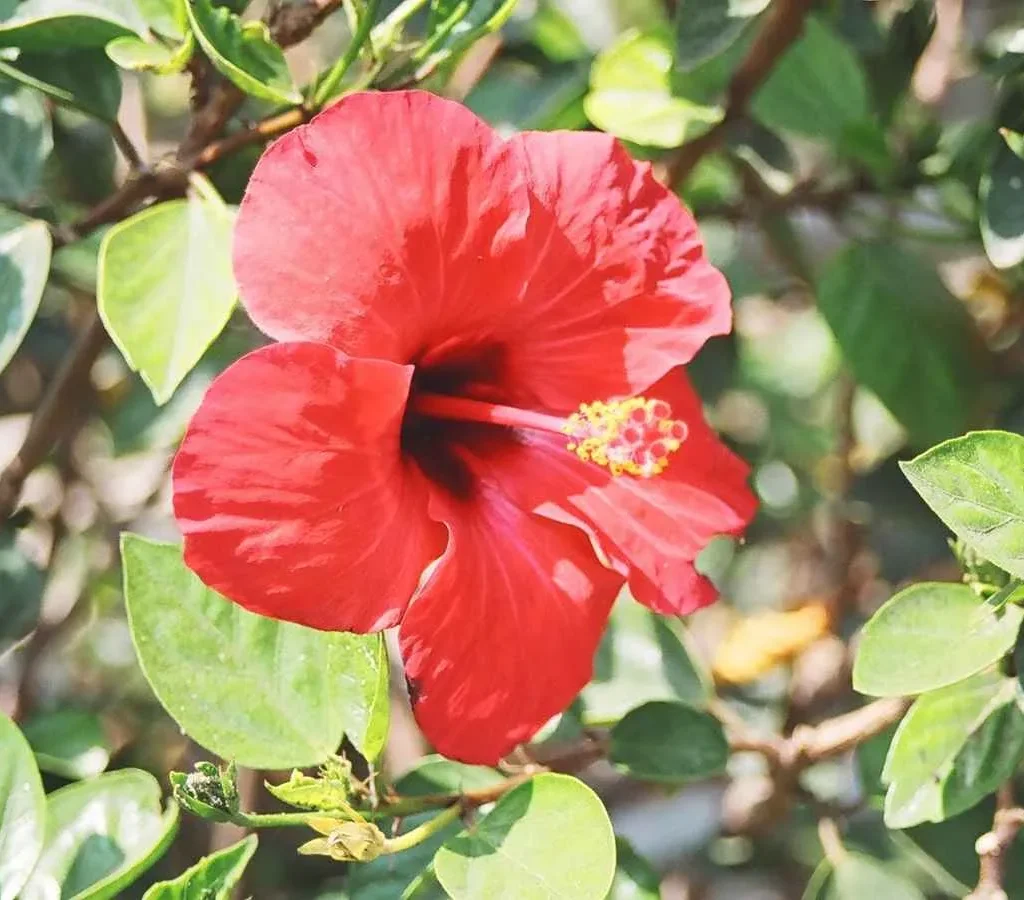
Flavor Profile: Tart, cranberry-like
Growing Conditions: Tropical to warm climates, full sun
Uses: Herbal tea (hibiscus tea), jellies, sauces
Hibiscus flowers—especially Hibiscus sabdariffa (roselle)—are rich in vitamin C and antioxidants. The calyces (not the petals) are used to brew a brilliant red, tangy tea that’s popular worldwide, from West Africa to Latin America.
Why It’s Great:
- Adds tangy brightness to both sweet and savory dishes
- Beautiful deep red color enhances visual appeal
- Used in traditional medicine for lowering blood pressure
Boil dried hibiscus calyces with sugar and cinnamon for a refreshing concentrate that can be diluted into drinks.
Tips for Growing and Using Edible Flowers
- Avoid Chemicals: Never use pesticides or chemical sprays on edible flower plants.
- Harvest Smart: Pick flowers in the morning when oils and moisture are at their peak.
- Use Fresh or Dry: Most edible flowers are best fresh, but many like calendula, hibiscus, and chamomile can be dried.
- Know What’s Edible: Not all flowers are safe to eat—always verify the species and eat only known edible parts.
- Add at the End: Add flowers just before serving to maintain color and texture.
Health Benefits of Edible Flowers
Beyond flavor and aesthetics, edible flowers offer surprising health benefits:
- Antioxidants: Hibiscus, calendula, and borage are rich in plant-based antioxidants.
- Vitamins: Nasturtium and borage contain vitamin C and minerals.
- Digestive Aids: Calendula and hibiscus have been traditionally used to support digestion and immunity.
They also promote mindfulness—encouraging us to savor meals and connect more deeply with nature.
Conclusion
Incorporating edible flowers into your home garden is a rewarding way to combine ornamental beauty with culinary functionality. From spicy nasturtiums to delicate pansies, each bloom brings a unique flavor and flair to the table. These seven edible flowers are more than just garnishes—they’re garden-grown gourmet ingredients waiting to be explored.
So whether you’re a home chef, a gardening enthusiast, or a student delving into the intersection of horticulture and gastronomy, growing edible flowers can truly transform your experience of food and nature.
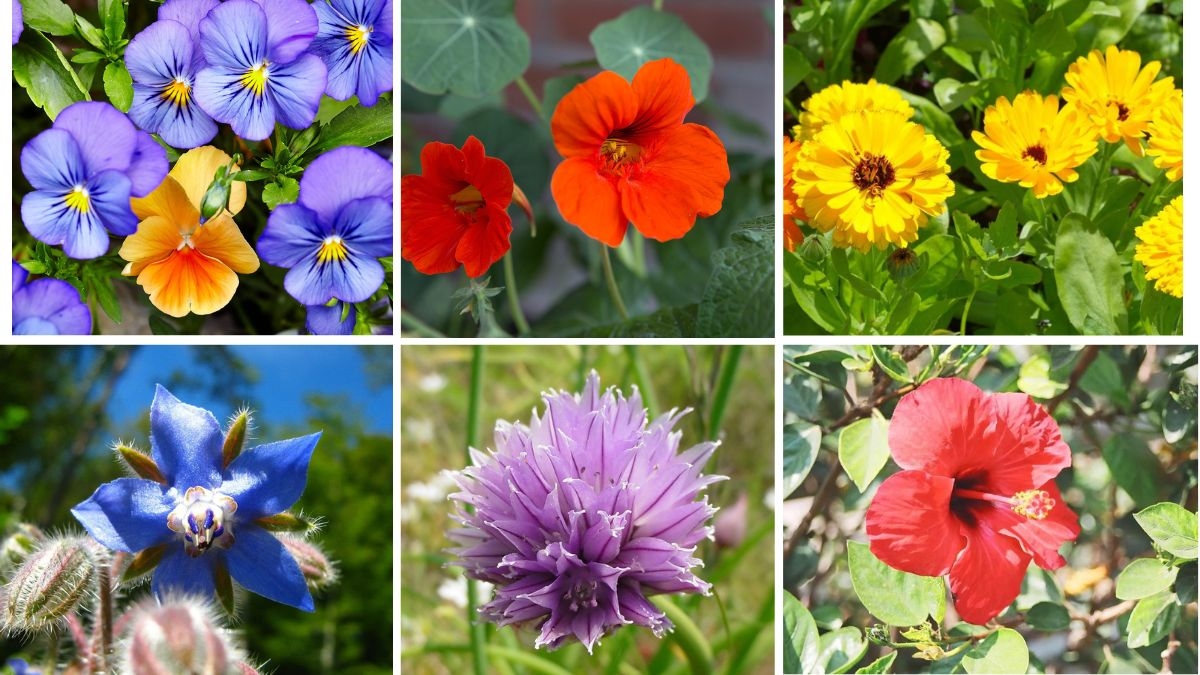
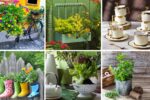


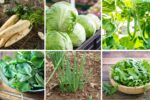

Leave A Comment